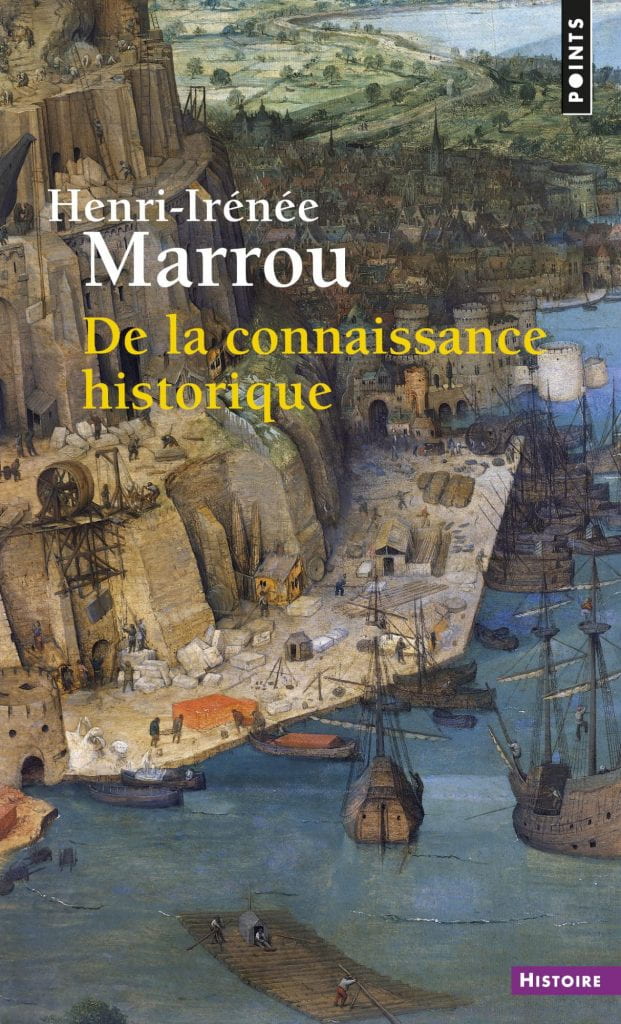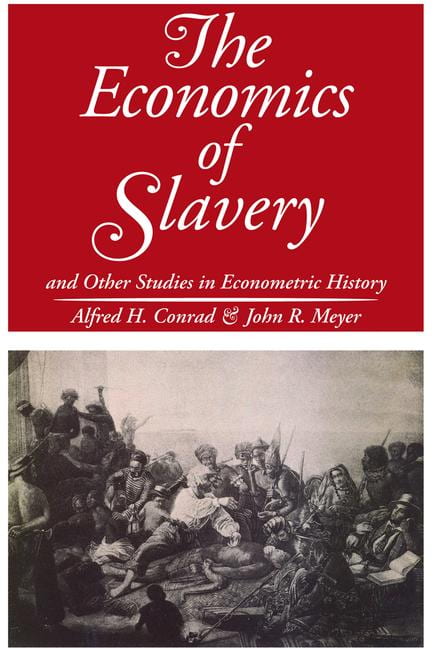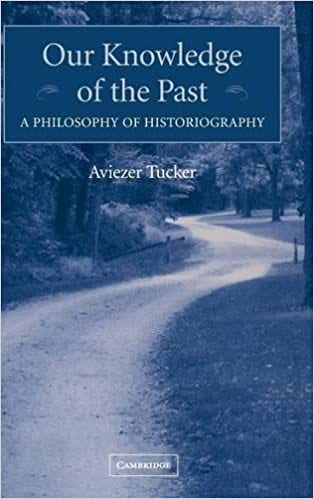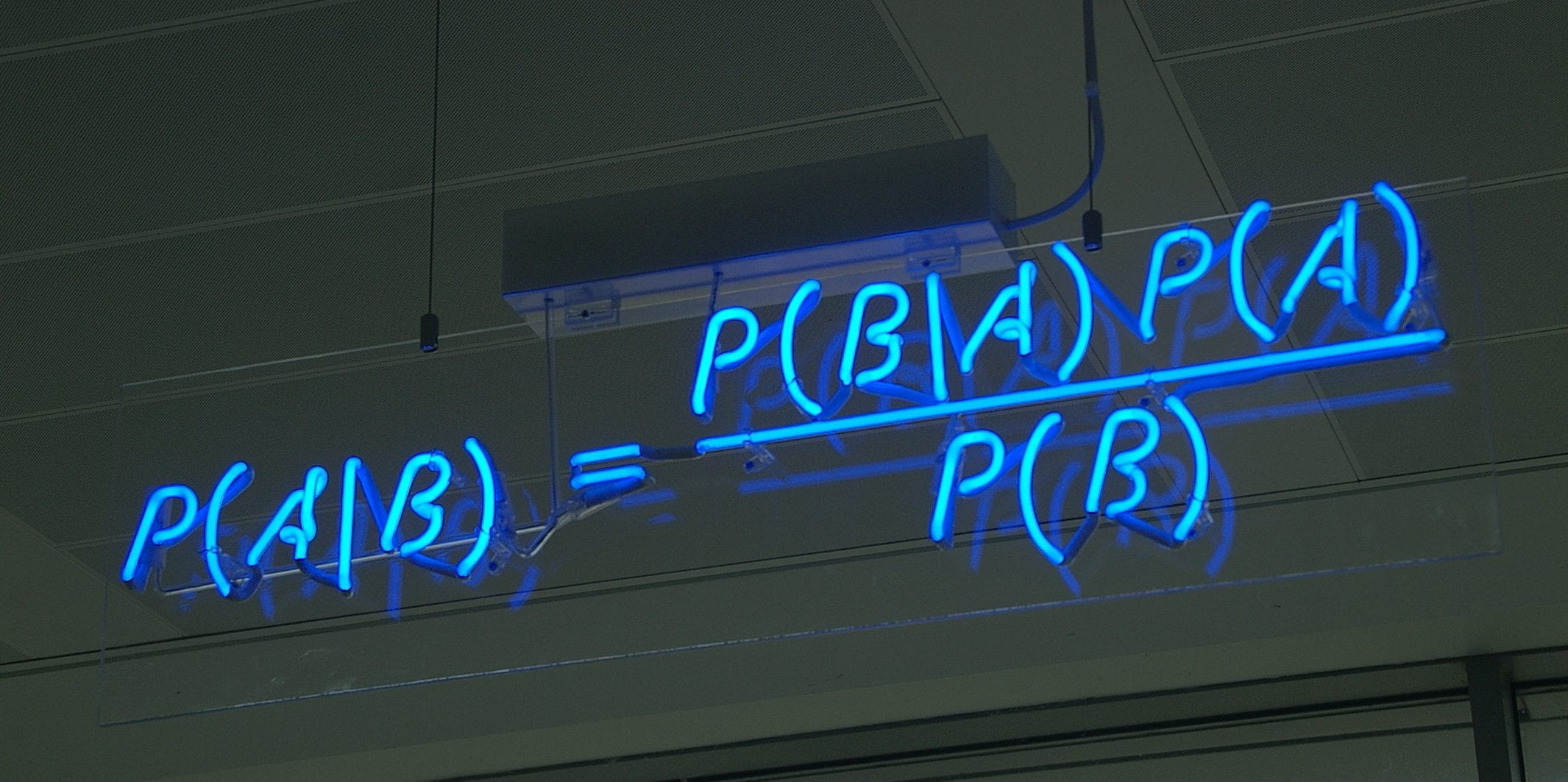By Pedro Afonso Cristovão dos Santos
In the beginning of the 20th century, several disciplines attempted to theoretically define their principles and foundations. These attempts led fields like mathematics, physics, and philosophy to increase their use of formal language to better answer the demands for theoretical clarity. In the same period, historiography also felt some effects of this general crisis of foundations among the sciences, as great events such as the formulation of the Theory of Relativity were shaking peoples’ certainties. However, very few attempts were made at using formal notation to try to define historiography. Those scholars who did attempt to formalize expressions of historical knowledge, hypotheses, and evidence found ways of expressing historiography that crossed traditional disciplinary boundaries.
The first, more metaphorical formal language definition came from Henri-Irénée Marrou, a 20th century French historian specializing in Antiquity. In his 1954 book De la Connaissance Historique, Marrou translated positions regarding how historical knowledge works in the form of equations. Thus, as he describes historical knowledge as seen by French historians of the late nineteenth century, Marrou points out that for that generation history (“h”) would be the sum of the past (capital “P”) plus the “unfortunate” (to those historians) but inevitable intervention of the historian’s present time (little “p”). Marrou puts hisposition “en formule”: h=P+p (1975, p. 49). The interference of the historian’s present is a remnant that historians should attempt to make as minimal as possible, aiming for zero.

As Marrou develops his own analysis of historical knowledge, he begins to revise the formula and to critique nineteenth century conceptions of historiography. First, he clarifies that, for his predecessors in the nineteenth century, “l’equation symbolique” h=P+p applies to documents before being applied to the historian (1975, p. 95). That is, documents would contain some truth to them (the big P), marred by many errors (the little p). These errors would come from various possible interferences from the present in moments of registering and transmitting events of the past. The little p, in the case of documents, would account for the inability or incapacity of contemporaries to correctly transmit what they were seeing, or from deliberate attempts to falsify or misrepresent the events they had witnessed.
As he deepens his reflection on the nature of historical knowledge, Marrou alters the formula (1975, p. 221). Considering history (as historical knowledge) a projection of the historian’s self onto others, Marrou reformulates the symbolic equation to:
h = Pp
This reformulation signifies the relation between the past of the historical object and the present of the historian (the knowing subject).
With the new equation, Marrou could express his critique of both pure objectivism and simple subjectivism. When history is described as the sum of the past we study and the present of the historian, the possibility of achieving a “pure” past remains open by way of complete annihilation of the historian in the process of research. For Marrou, not only is this annihilation impossible, it is also undesirable: it is the self of the historian, their presence in full, that can bring the past in its complexity. According to Marrou, the more interests, perspectives and sensibilities a historian has, the more they can provide a fuller image of the past. In his new equation, the annihilation of the historian — reducing the historian to zero — would bring an undefined result for history, instead of a pure past.
The 1950s also saw studies in the economic history of slavery in the United States that made historians reevaluate the use of mathematics and probability in historical research, in what would become known as the study of cliometrics. In short, the debate amounted to the question of whether slavery was “naturally” declining prior to the Civil War; that is, if it was doomed to extinction for exclusively economic reasons, as an unproductive, unprofitable and economically irrational system, or if its end depended upon a non-economic external event such as the Civil War.
Pioneers John R. Meyer and Alfred H. Conrad began to publish their research devoted to theoretical considerations regarding statistics and mathematics in historical research. In “Economic Theory, Statistical Inference, and Economic History” (1957) and later reproduced in The Economics of Slavery, and Other Studies in Econometric History (1964), Meyer and Conrad discuss one of the main objections to applying statistics to history: the effect of random causes on historical events, which prevents them from fully submitting to description by models and patterns.

To Meyer and Conrad, nevertheless, explaining an event requires us to “estimate a range of admissible possibilities, given a set of initial conditions and a causal or statistical law” (1964, p. 13). Explaining is not determining a single cause, but rather limiting an event to a reasonable spectrum of possible causes. Therefore, a scientific (and historical) hypothesis would have the following formal expression:
X = a + bY + e.
In the equation, X and Y are the observable variables, a and b the behavior parameters, and e the term of random error.
Meyer and Conrad described their outlook as a vision of the “world as a stochastic universe” (1964, p. 32), that is, a universe constituted of some fundamental level of randomness. That means that the variable e included in the equation allowed them to align history with other fields of science that consider randomness, errors or, as in physics, the existence of an irreducible “noise” in the universe. Stochastic processes in Statistics can be particularly useful in the analysis of systems changing over time — a main concern for historians — and can be applied to evolutionary biology, quantum mechanics, finance and animal population dynamics, among other fields in different scientific domains.
In this way, history’s traditional way of distancing itself from other sciences (especially the so-called “hard” ones) — the fact that history would in principle contain more unpredictability and randomness than other fields of knowledge — could be formally encompassed. (Incidentally, in recent years population ecologist Peter Turchin has become one of the major advocates of a “Mathematical History”, investigating cultural and historical evolution over time with the use of mathematical equations, in an approach he named “cliodynamics” that has merited interesting criticism.)
Meyer and Conrad eventually predicted that the approximation of history and probability would lead to some appropriation of Bayesianism. In a following chapter in The Economics of Slavery, the authors took up Bayesianism, defending its ability to explain the relationship between hypothesis and evidence in historiography.
Meyer and Conrad’s predictions regarding Bayesianism and historiography were not unfounded. At the beginning of the 21st century, historical knowledge would be described in Bayesian terms by scholars like Aviezer Tucker. As he explained in the article “The Reverend Bayes vs. Jesus Christ” (2016), if history is not a knowledge obtainable from sense data, and it’s not fiction, then it can only be probable. If it is probable, it therefore has to be Bayesian. (Of course, Tucker’s leap is not necessarily logical, since there are other ways of considering probabilities besides Bayesianism).
In Our Knowledge of the Past (2004), Tucker more thoroughly explains the relations between historical hypotheses and evidence by reference to the Bayesian theorem (already exposed by Meyer and Conrad in “Statistical Inference and Historical Explanation”). The Bayesian model aims at describing the relations between hypothesis and evidence. Tucker’s position is that historiography should not be considered as completely different from other sciences when it comes to actual research, therefore the Bayesian description of the hypothesis-evidence relation also applies to what historians do. In formal notation Bayesianism would work like this, following Tucker (2004, p. 96):

Pr(H|E&B) = [Pr(E|H&B) × Pr(H|B)]:Pr(E|B)
The equation aims at establishing the conditional probability of a hypothesis being true given the evidence and background knowledge [Pr(H|E&B)]. This means that the objective is asserting the posterior probability of the hypothesis, that is, its probability after we examine the evidence and our background knowledge of the historical context in question. We ascertain, then, by the Bayes theorem, how high the probability of evidence is in a world (or, in this case, a historical past) in which our hypothesis is true, multiplied by the hypothesis prior to examining the evidence given only our background knowledge of historical context.
Regardless of the validity of these formal descriptions of historical knowledge in “symbolic equations” (Marrou,Meyer and Conrad), or of the relations between hypothesis and evidence in Bayesian terms for historiography (Meyer and Conrad, Tucker), what can these attempts at using formal notation for historiography tell us? Tentatively, we may propose two ways of looking at it. First, the use of formal language does not necessarily lead historiography towards privileging quantitative history. After all, not only does formal notation not necessarily imply “mathematization”, but mathematics does not necessarily imply quantification.
Second, these attempts at “formalizing” historiography can also tell us something about the general use of formal notation in sciences. The definitions examined here suggest that there are not specific sciences or disciplines to which the use of formal notation is more natural or logical. The historical developments that led particular areas of Mathematics, for instance, to become more formal do not necessarily imply that some sciences are inherently susceptible to formalization, while others, like history, simply cannot be thought of in such a rigorous way. Formalization, in this sense, would have more to do with historically situated debates.
The diverse and unrelated cases we have seen of writing historiography in equations can perhaps point to a lesser known theoretical imagination of history, one that saw in formal notation a possibility for accurately describing what historians do. Different ways of thinking about historiography in general are also different ways of appropriating particular language to describe the historiographical practice, including different choices of metaphors, analogies and concepts. Marrou, Meyer and Conrad, and Tucker chose, with specific purposes and debates in mind, a language that could make history more communicable with other fields of knowledge, that could perhaps translate what historians do in ways common to scientists in other disciplines: formal language. In this way, their theoretical imagination of history, the way they pictured history for themselves and their colleagues, also reveals the connections and relations they saw possible for historians in the larger world of the sciences.
Pedro Afonso Cristovão dos Santos is a Professor of Historical Theory and Methodology at the Federal University for Latin American Integration (UNILA) in Iguazú, Brazil. His main research interests are on nineteenth century historical scholarship and historical erudition, the history of historiography, and on the relations between concepts and evidence in historical theory, specifically the use of formal language in theoretical debates in philosophy of history and historiography.
Featured Image: Bayes’ theorem spelt out in blue neon at the offices of Autonomy in Cambridge. Own work by mattbuck. Creative Commons.



